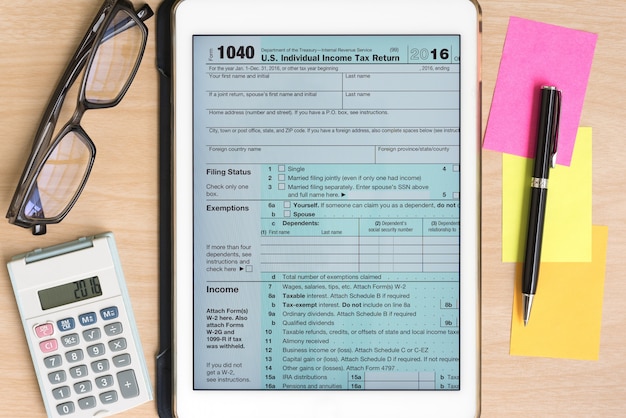The IRS has shared its new standard mileage rates for 2020. The most noticeable change is the reduced rates for business mileage, as well as some moving and medical expenses.
For the business use of your vehicle, the IRS has set the rate at 57.5 cents for each mile you drive, which is half a cent less than in 2019. If you’re moving or need to travel for medical reasons, the rate is 17 cents per mile, down by 3 cents from the previous year. The rate for miles driven for charitable work remains the same, at 14 cents per mile. These rates kicked into effect from the start of 2020.
These standard mileage rates are pretty essential as they help small and medium businesses figure out their deductible vehicle operating costs. They’re like a guideline most small businesses use to calculate these costs.
Now, there are a few things you need to know about the current law. Under the Tax Cuts and Jobs Act, you can’t claim a miscellaneous itemized deduction for any unreimbursed employee travel expenses. The same goes for moving expenses, unless you’re an active duty member of the Armed Forces who’s been ordered to change your station permanently.
The IRS comes up with these rates every year for small businesses. They calculate the rates for medical and moving expenses based on the fixed and variable costs associated with business vehicles, considering factors like the cost of repairs, maintenance, and gas.
The IRS standard mileage rate isn’t the only way to calculate these deductions. You could also use the actual costs, but this means you have to keep clear records and deal with a lot more paperwork. But remember, there are some restrictions on when you can use the standard mileage rate. For example, you can’t use it without referring to the Modified Accelerated Cost Recovery System (MACRS) or if you’ve claimed a Section 179 deduction for the vehicle.
In situations where employees use their personal vehicles for work, the standard mileage rate is usually used to reimburse them. The employee handbooks often lay out the rates and reimbursement methods. The employees document the miles they drive for work, and this number is multiplied by the reimbursement rate.
Remember though, the standard mileage rate is based on yearly data compiled for variable and fixed costs. The same rate for moving and medical purposes is based on these variable costs. Also, the business standard mileage rate doesn’t apply if more than five vehicles are being used simultaneously. You can find more details about these limitations in section 4.05 of Rev. Proc. 2019-46.
A good habit to develop is to start keeping records from the first year you use any vehicle for business purposes. This will help you find out if claiming actual costs might result in a larger deduction than the standard mileage rate.



